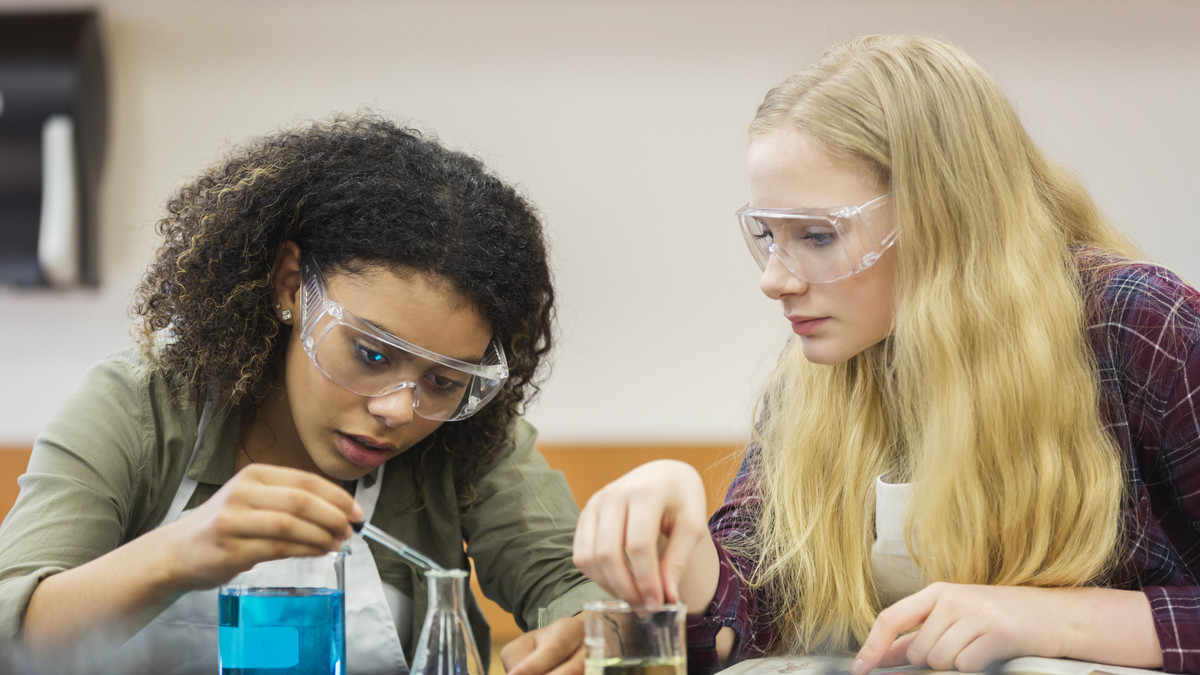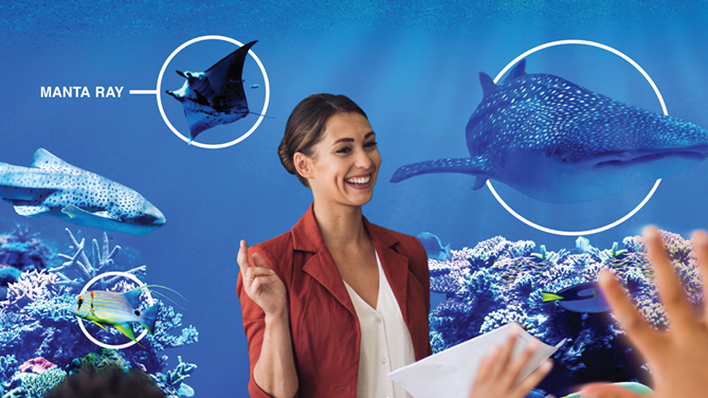As technology continues to evolve, online learning has become increasingly popular, especially in science education, compared to traditional learning. Collaborative learning in a virtual science lab offers many advantages for both students and educators, such as increased flexibility, improved accessibility, and enhanced interactivity.
However, virtual learning environments also present unique challenges that can hinder effective collaboration and learning. Therefore, it is essential to develop strategies to promote collaboration and maximize learning outcomes in virtual science labs.
This guide will provide you with nine strategies for successful collaborative learning in a virtual science lab. These strategies are designed to help you create a supportive and engaging learning environment, promote active participation, and facilitate meaningful collaboration among students. By following these strategies, you can enhance your student’s learning experiences and help them develop critical thinking, problem-solving, and teamwork skills.
Whether you are an experienced science educator or just starting with virtual science labs, these strategies will provide you with practical tips and techniques to enhance your teaching and learning practices. So let’s dive in and explore how to promote collaborative learning in a virtual science lab!
Establish Clear Expectations and Guidelines For Collaboration
Before beginning any collaborative activity, it is important to establish clear expectations and guidelines for how students will work together. This includes setting expectations for communication, participation, and task completion. By clearly outlining expectations, students will have a better understanding of what is expected of them and how they can best contribute to the collaborative process.
One effective way to establish clear expectations is to create a collaborative agreement that outlines the goals of the project, the roles and responsibilities of each team member, and the expectations for communication and task completion. This agreement should be shared with all team members and reviewed regularly to ensure that everyone is on the same page.
Assign Roles and Responsibilities
Assigning roles and responsibilities can help ensure that each student is actively engaged in the collaborative process. This also helps to ensure that each student has a clear understanding of their contributions to the project. In addition, assigning roles and responsibilities can help to ensure that the project is completed on time and to a high standard.
Some possible roles to assign in a virtual science lab include project manager, data analyst, researcher, writer, and presenter. By assigning specific roles, students can focus on their strengths and contribute to the project in a meaningful way.
Provide Clear Instructions
Provide clear instructions for all collaborative learning activities. This includes instructions on how to use technology tools, how to complete tasks, and how to communicate with group members. It’s also important to provide a timeline for each activity to help students manage their time effectively.
Use Icebreakers and Team-Building Exercise
Icebreakers and team-building exercises can help students get to know each other and build a sense of community. This helps establish a positive and supportive learning environment that promotes collaboration. Icebreakers can be as simple as asking each student to introduce themselves and share a fun fact about themselves. Team-building exercises can include problem-solving activities or group challenges that require students to work together.
One effective team-building exercise is the marshmallow challenge. In this activity, students are divided into teams and given 20 pieces of spaghetti, one yard of masking tape, one yard of string, and a marshmallow. The teams are then challenged to build the tallest free-standing structure they can with the materials provided. This activity encourages collaboration, problem-solving, and creativity.
Use Collaborative Tools
There are many online tools that can be used to facilitate collaboration, such as virtual whiteboards, group chats, and collaborative document editors. These tools can help students work together in real time and make it easier to track and manage group projects.
One effective tool for collaborative science projects is Google Docs. With Google Docs, students can collaborate on a document in real time, making it easy to share ideas and work together. Other collaborative tools include Trello, Slack, and Asana.
Encourage Peer Feedback and Review
The peer feedback and review can help students develop critical thinking and analytical skills. Encourage students to provide constructive feedback to their peers and to use this feedback to improve their own work. Peer review can also help ensure that all team members contribute equally to the project.
One effective way to encourage peer review is to have each student review another student’s work in the group. This can be done using a rubric or checklist outlining the project’s criteria. Students can then provide feedback to their peers and suggest areas for improvement.
Use Technology to Facilitate Collaboration
Use online tools such as video conferencing, collaborative documents, and virtual whiteboards to facilitate collaboration. Video conferencing can be used for virtual group meetings and presentations. Collaborative documents, such as Google Docs, can be used for group note-taking and brainstorming. Virtual whiteboards can be used for visualizing and organizing ideas.
Foster A Positive Group Dynamic
Foster a positive group dynamic by encouraging open communication, active listening, and respect for different perspectives. Group members should be encouraged to share their ideas and opinions, and disagreements should be handled respectfully. It’s also important to recognize and celebrate the contributions of each group member.
Assess Learning Outcomes
Assess learning outcomes to determine the effectiveness of collaborative learning activities. This can be done through formative assessments, such as quizzes and surveys, and summative assessments, such as lab reports and presentations. It’s important to align the assessment with the learning goals and to provide feedback to students on their performance.
Encourage Active Participation
Encourage all students to participate in discussions and activities actively. This will help ensure that everyone is engaged and that all perspectives are heard. One way to encourage active participation is to use open-ended questions that require critical thinking and analysis. For example, instead of asking, “What is the answer?” ask, “How did you arrive at your conclusion?”
Conclusion
Collaborative learning in a virtual science lab can be challenging, but it is essential for students to develop their critical thinking, problem-solving, and communication skills. By setting clear goals, assigning roles, encouraging active participation, using technology to facilitate collaboration, providing clear instructions, fostering a positive group dynamic, encouraging reflection, providing feedback, and assessing learning outcomes, educators can help ensure success in collaborative learning activities.
This article was written by Vasid Qureshi from TechBullion and was legally licensed through the Industry Dive Content Marketplace. Please direct all licensing questions to legal@industrydive.com.
![]()



